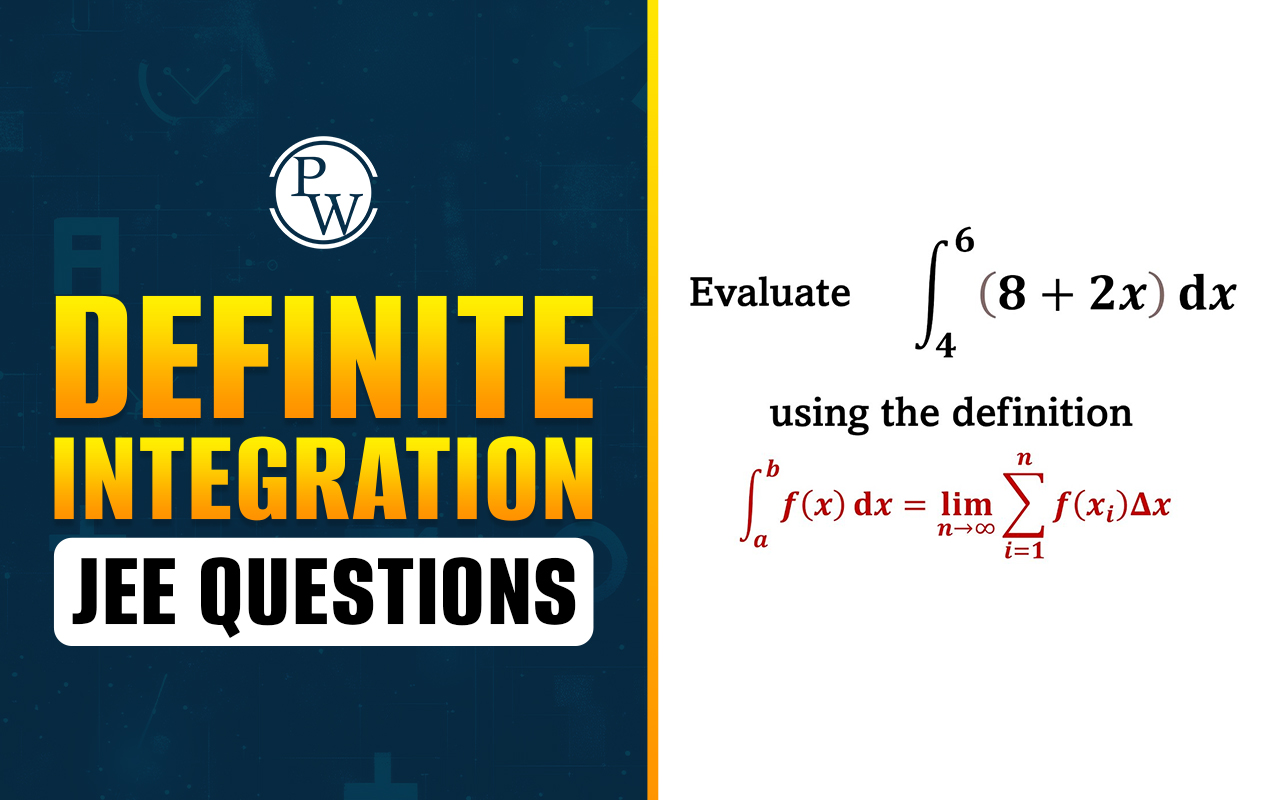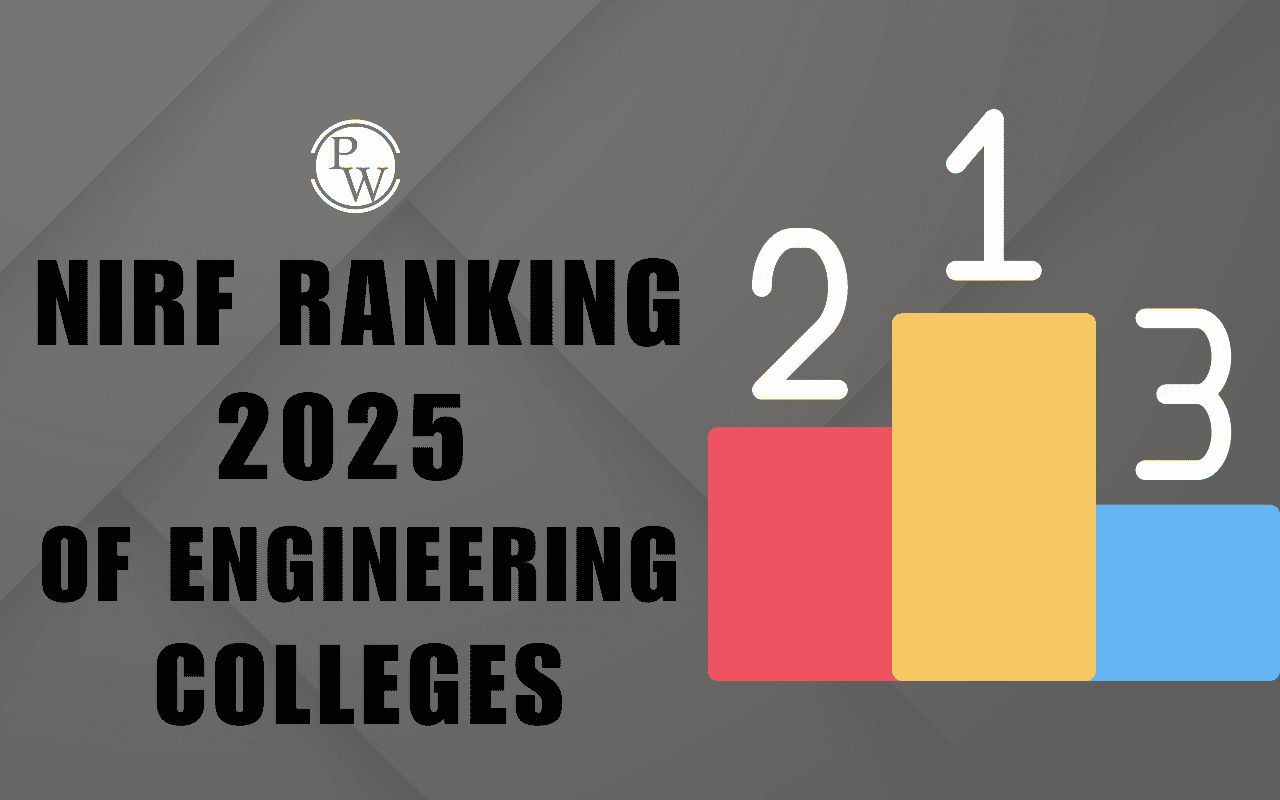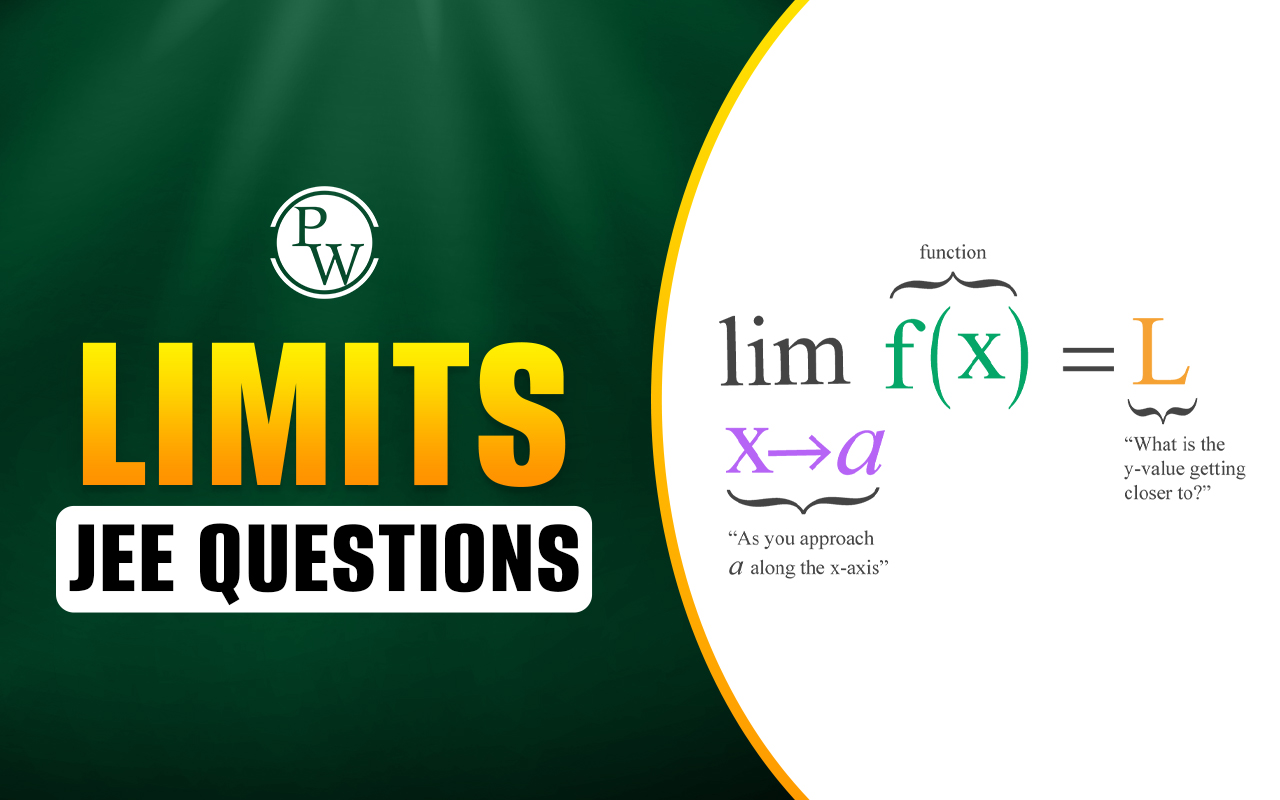

Expected Rank vs Percentile For JEE Main 2025 Session 2 : The JEE Main 2025 exam has been conducted successfully for both Session 1 and Session 2. The National Testing Agency (NTA) has declared the JEE Main 2025 Session 2 results today, April 19. Candidates can check their scores on the official website, jeemain.nta.nic.in, using their application number and password. In this session, 24 students achieved a perfect 100 percentile, with Rajasthan contributing seven toppers.
During this time, many students try to estimate their expected rank based on the percentile they might get. Looking at previous years’ data, those with a percentile above 99.9 usually fall within the top 50 ranks, while a percentile around 85 may correspond to a rank near 1.7 lakh. To know more about the expected rank vs percentile for JEE Main 2025 Session 2, keep reading.
What is the JEE Main Percentile?
The percentile score in JEE Main shows how an applicant has performed in comparison to others. It is different from a percentage. A percentile indicates the percentage of applicants who scored equal to or less than a particular applicant in the same exam session. For example, if an applicant scores 100 percentile, it means they have scored better than all other applicants in that shift. Such applicants are usually ranked AIR 1 (All India Rank 1). The percentile is calculated up to seven decimal places to ensure fairness and to reduce the chances of tie scores.
What is the JEE Main Rank?
JEE Main Rank is the All India Rank (AIR) given to an applicant based on their performance in the exam. It shows where an applicant stands among all the students who appeared for JEE Main in that particular year.
While the percentile score is used to compare performance across different shifts, the rank is given after combining normalized scores of all shifts. The better the percentile, the higher (closer to AIR 1) the rank.
For example, if an applicant gets AIR 50, it means only 49 students scored better than them across all shifts. There are two types of ranks in JEE Main:
-
All India Rank (AIR) : Used for admission in NITs, IIITs, and CFTIs.
-
Category Rank : Shows the applicant's rank within their reservation category (like SC, ST, OBC, etc.).
Final ranks are released after both Session 1 and Session 2, considering the best score out of the two attempts.
JEE Main 2025 Session 2 Expected Rank vs Percentile
It can be helpful to understand how percentile scores might convert into all-India ranks. Based on previous years’ patterns, the following estimates give a rough idea about the JEE Main 2025 session 2 expected rank vs percentile range:
-
Students scoring between 99.999 and 99.997 percentile can expect a rank between 15 and 36.
-
A percentile between 99.997 and 99.969 may result in a rank between 36 and 428.
-
For percentiles from 99.969 to 99.946, the expected rank range is 428 to 755.
-
Percentiles between 99.946 and 99.915 may correspond to ranks from 755 to 1189.
-
Aspirants in the 99.915 to 99.866 percentile range could see ranks between 1189 and 1893.
-
Those scoring between 99.866 and 99.807 percentile might get ranks in the 1893 to 2720 range.
-
A percentile between 99.807 and 99.731 may lead to a rank between 2720 and 3803.
-
For percentiles from 99.731 to 99.624, the expected rank can fall between 3803 and 5320.
-
Percentiles between 99.624 and 99.480 may result in ranks from 5320 to 7354.
-
Students in the 99.480 to 99.295 percentile range can expect ranks from 7354 to 9968.
-
Percentiles between 99.295 and 99.069 may lead to ranks between 9968 and 13163.
-
For 99.069 to 98.778 percentile, the expected rank range is 13163 to 17290.
-
A percentile from 98.778 to 98.407 might result in ranks between 17290 and 22533.
-
Percentiles between 98.407 and 97.940 are likely to fall in the 22533 to 29145 rank range.
-
Those scoring 97.940 to 97.354 percentile can expect ranks between 29145 and 37440.
-
A percentile between 97.354 and 96.609 may lead to a rank between 37440 and 47979.
-
Percentiles from 96.609 to 95.643 can correspond to ranks between 47979 and 61651.
-
Students with 95.643 to 94.396 percentile may get ranks between 61651 and 79298.
-
A percentile from 94.396 to 92.762 is expected to result in a rank between 79298 and 102421.
-
Percentiles from 92.762 to 90.410 may lead to ranks between 102421 and 135695.
-
A percentile between 90.410 and 87.060 may correspond to ranks between 135695 and 183105.
-
For 87.060 to 81.575 percentile, the rank could fall between 183105 and 260722.
-
Percentiles between 81.575 and 73.081 may lead to ranks from 260722 to 380928.
-
Students in the 73.081 to 59.840 percentile range can expect ranks between 380928 and 568308.
-
A percentile between 59.840 and 40.346 may result in ranks from 568308 to 844157.
-
For 40.346 to 20.950 percentile, the expected rank is between 844157 and 1118638.
-
Students scoring between 20.950 and 6.599 percentile may have ranks between 1118638 and 1321716.
Previous Years JEE Main Rank vs Percentile Analysis
To understand the expected ranks in JEE Main 2025 Session 2, it's helpful to look at the trends from the previous year. The details from JEE Main 2024 shows how student ranks were distributed across different percentile ranges. This can give aspirants a clearer picture of what to expect based on their own percentile scores. Here is the JEE Main Marks vs Rank vs Percentile comparison based on 2024 results:
| Previous Years JEE Main Rank vs Percentile Analysis (2024) | ||
|
Marks Range |
Rank Range |
Percentile Range |
|
1 – 40 |
334080 – 1025009 |
69.5797 – 6.6659 |
|
41 – 61 |
173239 – 326517 |
84.2254 – 70.2683 |
|
62 – 87 |
92303 – 169542 |
91.5951 – 84.5620 |
|
79 – 88 |
90144 – 109329 |
91.7917 – 90.0448 |
|
89 – 94 |
78111 – 87219 |
92.8874 – 92.0581 |
|
95 – 101 |
66999 – 76260 |
93.8992 – 93.0560 |
|
102 – 109 |
55269 – 65758 |
94.9673 – 94.0122 |
|
110 – 119 |
44115 – 54293 |
95.9830 – 95.0562 |
|
120 – 131 |
33636 – 43174 |
96.9372 – 96.0687 |
|
132 – 148 |
22238 – 32826 |
97.9750 – 97.0109 |
|
149 – 159 |
16495 – 21145 |
98.4980 – 98.0746 |
|
160 – 174 |
11018 – 16163 |
98.9967 – 98.5282 |
|
175 – 188 |
7152 – 10746 |
99.3487 – 99.0215 |
|
189 – 199 |
4830 – 6664 |
99.5601 – 99.3931 |
|
200 – 214 |
2863 – 4667 |
99.7393 – 99.5750 |
|
215 – 230 |
1421 – 2798 |
99.8706 – 99.7452 |
|
231 – 249 |
546 – 1385 |
99.9502 – 99.8738 |
|
250 – 267 |
108 – 524 |
99.9901 – 99.9522 |
|
268 – 279 |
64 – 106 |
99.9941 – 99.9903 |
|
280 – 284 |
23 – 42 |
99.9979 – 99.9961 |
|
286 – 292 |
12 – 19 |
99.9989 – 99.9982 |
JEE Main 2025 Percentile Calculation Formula
The JEE Main Session 2 exam was conducted by the National Testing Agency (NTA) in multiple shifts across different days. Sometimes, the paper in one shift may be easier or tougher than another. To make sure all students are assessed fairly, no matter which shift they appeared in, NTA uses a normalization process to calculate the percentile score.
JEE Main Percentile Calculation Formula: Percentile Score = (Number of applicants who scored equal to or less than the applicant in the session / Total number of applicants in that session) × 100
Factors Determining JEE Main 2025 Session 2 Rank vs Percentile
Several important factors impact the relationship between rank and percentile in JEE Main 2025 Session 2. Understanding these can help applicants better predict their scores and expect their ranking or percentiles.
1. Number of Applicants: The total number of students appearing for the exam significantly affects percentile calculations. A higher number of applicants can lead to more competition, expectedly impacting the percentile corresponding to a particular score.
2. Exam Difficulty Level : JEE Main is conducted in multiple shifts, and the difficulty level can vary between these sessions. To ensure fairness, NTA uses a normalization process to adjust scores, accounting for these variations.
3. Normalization Process : Normalization in JEE is used to equate scores across different shifts with varying difficulty levels. This process makes sure that no applicant is disadvantaged due to the specific shift they appeared in.
4. Tie-Breaking Criteria : In cases where multiple applicants achieve the same percentile, NTA applies tie-breaking rules. These include considering scores in Mathematics, followed by Physics and Chemistry, and finally the applicant's age, with older applicants given preference.
5. Subject-Wise Performance : Individual performance in each subject can influence the overall percentile and rank. For instance, a higher score in Mathematics can be a deciding factor in tie-breaking scenarios.
6. Session-Wise Performance Trends : Performance trends across different sessions can impact normalization. If a particular session has a higher average score, normalization adjusts individual scores to maintain equity across sessions.
JEE Main Rank Predictor Tool 2025
Now that the provisional JEE Main 2025 Session 2 Answer Key and response sheet have been released by the National Testing Agency (NTA) on April 11, 2025, applicants can now use the JEE Main Rank Predictor 2025 by PhysicsWallah to predict their All India Rank (AIR). This tool is designed to help students get a rough idea of their rank before the official results are declared.
By entering details like the application number, name, mobile number, date of birth, exam session, category, and score out of 300, applicants can check where they might stand among lakhs of others. The prediction is based on previous year trends, session-wise difficulty levels, and normalization formulas. It helps students plan their next steps wisely and explore possible college options based on their expected rank.
Expected Rank vs Percentile For JEE Main FAQs
Q.1. What rank is required for 99.9 percentile in JEE Main 2025 Session 2?
Q.2. What is a good rank in JEE Main 2025?
Q.3. Is 95 percentile a good score in JEE Main 2025 Session 2 examination?
Q.4. What percentile is 40,000 rank in JEE Mains 2025?













